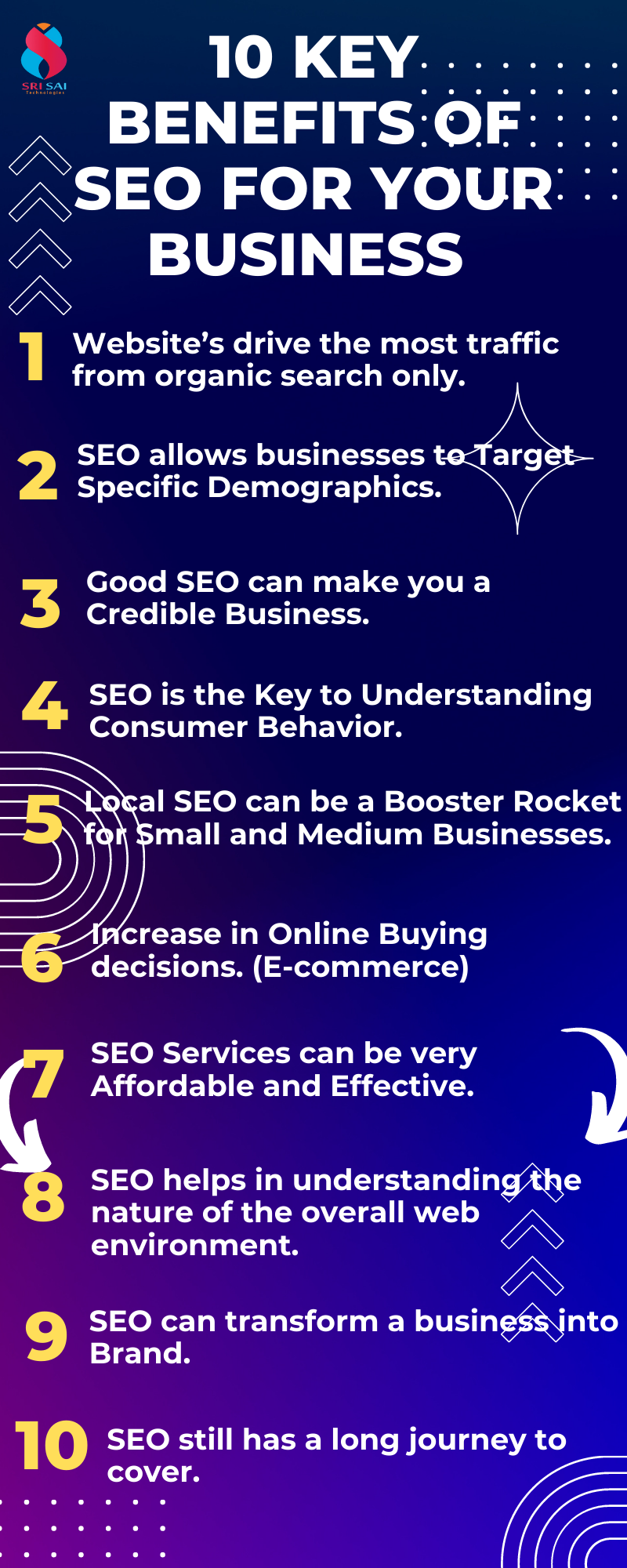A Thorough Look at What Is Ruled Out a Default Medium in Google Analytics
A Thorough Look at What Is Ruled Out a Default Medium in Google Analytics
Blog Article
Revealing the Unconventional Mediums in Google Analytics Beyond Default Setups
In the realm of electronic analytics, Google Analytics stands as a cornerstone for organizations looking for to comprehend their on-line presence. By venturing beyond the surface area and diving right into the complexities of social media data, e-mail project performance, referral traffic resources, direct traffic patterns, and custom network collections, a treasure chest of details awaits those willing to welcome a much more nuanced method.

Leveraging Social Media Insights
Sometimes overlooked, yet profoundly valuable, is the method of leveraging social media sites insights within the world of Google Analytics. By incorporating data from systems like Facebook, Twitter, Instagram, and LinkedIn right into Google Analytics, organizations can get a much deeper understanding of their target market and the performance of their social media projects.
Through this combination, marketers can assess and track user actions on their web site that stems from social media sites systems. They can recognize which social networks channels are driving one of the most traffic, which web content is resonating with the audience, and which campaigns are converting one of the most leads. This understanding enables data-driven decisions to maximize social media strategies and improve overall advertising efficiency.
Additionally, by incorporating social media insights with Google Analytics, companies can create much more targeted and individualized projects - what is not considered a default medium in google analytics. They can make use of market information, rate of interests, and online habits gathered from social networks to fine-tune their audience segmentation and deliver tailored messages that reverberate with details consumer teams. This targeted technique can cause greater involvement, boosted conversions, and eventually, enhanced return on investment
Uncovering Email Campaign Efficiency
Revealing Email Project Performance involves analyzing vital metrics and efficiency signs to assess the effectiveness of e-mail advertising and marketing efforts. When delving right into email campaign efficiency, it is critical to examine metrics such as open rates, click-through prices, conversion prices, and unsubscribe rates. Open up rates indicate the percent of receivers who opened up the email, providing understanding into the effectiveness of subject lines and sender names. Click-through prices measure the percent of recipients that clicked links within the e-mail, showing involvement levels. Conversion prices track the portion of recipients that completed a wanted action after clicking a link in the e-mail, such as signing or making an acquisition up for a newsletter. Last but not least, unsubscribe rates highlight the variety of recipients that opted out of obtaining further e-mails, shedding light on e-mail content high quality and relevance. By evaluating these metrics, marketers can tweak their e-mail advocate much better involvement and performance.
Analyzing Recommendation Traffic Resources
After reviewing the efficiency of e-mail campaigns through essential metrics such as open rates and conversion prices, the next vital step is evaluating reference traffic resources in Google Analytics to recognize where internet site site visitors are originating from and how they interact with the site. Referral traffic sources refer to the websites that direct users to your website via clickable web links. By diving right into this information, services can get understandings into which outside platforms are driving traffic to their site, whether it be social media systems, companion web sites, or on the internet directories.
Evaluating referral traffic can provide valuable details on the performance of outside advertising efforts and collaborations. It assists companies identify high-performing referral resources that contribute considerably to website web traffic and conversions. By understanding the actions of visitors coming from various recommendation resources, services can tailor their advertising and marketing techniques to maximize interaction and conversions. Google Analytics offers in-depth reports on reference traffic, permitting companies to track the efficiency of each referral resource accurately and make data-driven choices to enhance their on the internet presence.
Exploring Straight Website Traffic Patterns
Checking out the straight web traffic patterns in Google Analytics provides valuable insights right into customer behavior and the performance of campaigns - what is not considered a default medium in google analytics. Straight website traffic describes visitors that land on a site by straight inputting the URL right into their web browser, making use of book marks, or clicking untagged web links. Recognizing direct web traffic patterns can aid marketing experts review the effect of offline advertising initiatives, brand acknowledgment, and the effectiveness of word-of-mouth recommendations
By delving into direct traffic information, services can uncover essential info regarding user intent and brand commitment. Assessing the habits of straight site visitors, such as the pages they visit, the time invested in website, and the conversion price, can supply a much deeper understanding of individual interaction and the overall performance of the web site in transforming visitors right into customers.
Moreover, tracking straight website traffic patterns gradually enables organizations to determine fads, seasonality results, and the success of details projects or promotions in driving direct gos to. This details can then be used to fine-tune marketing techniques, maximize internet site content, and boost the total user experience to take full advantage of conversions.
Using Personalized Channel Groupings
Making use of customized channel groups in Google Analytics enables services to categorize and analyze their site web traffic based upon certain standards, offering beneficial understandings for optimizing advertising and marketing approaches. Personalized network groups allow firms to create their very own customized groups of traffic resources, such as social networks, organic search, email campaigns, and recommendation traffic. By defining these learn this here now groupings, businesses can gain a deeper understanding of exactly how different marketing channels contribute to their website traffic and conversions.
This attribute is particularly useful for businesses with diverse advertising approaches across numerous platforms. A company running both paid and organic social media projects can distinguish between the two to examine their specific performance accurately. Additionally, custom network groupings can assist determine any kind of forgotten or underestimated traffic resources that might be driving valuable involvement.
Final Thought

By venturing beyond the surface and diving into the ins and outs of social media data, e-mail campaign efficiency, recommendation traffic sources, straight website traffic patterns, and personalized network groupings, a treasure chest of details waits for those prepared to accept a much more nuanced method. They check my blog can identify which social media networks are driving the most traffic, which material is resonating with the target market, and which campaigns are converting the most leads.After reviewing the performance of email campaigns through essential metrics such as open prices and conversion prices, the next vital step is assessing reference traffic sources in Google Analytics to understand where web site visitors are coming from and how they connect with the site. Personalized channel groups enable firms to develop their own personalized groupings of traffic sources, check my reference such as social media, organic search, e-mail projects, and reference web traffic. By leveraging social media insights, discovering email project efficiency, assessing referral website traffic resources, exploring straight traffic patterns, and making use of custom-made network collections, marketing experts can obtain beneficial insights into their on-line existence.
Report this page